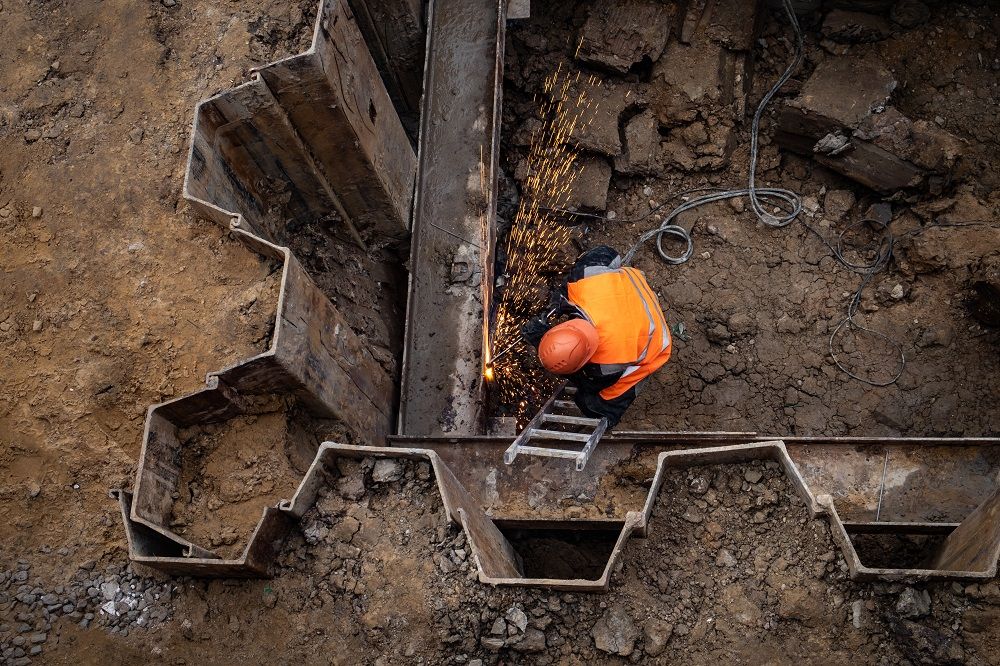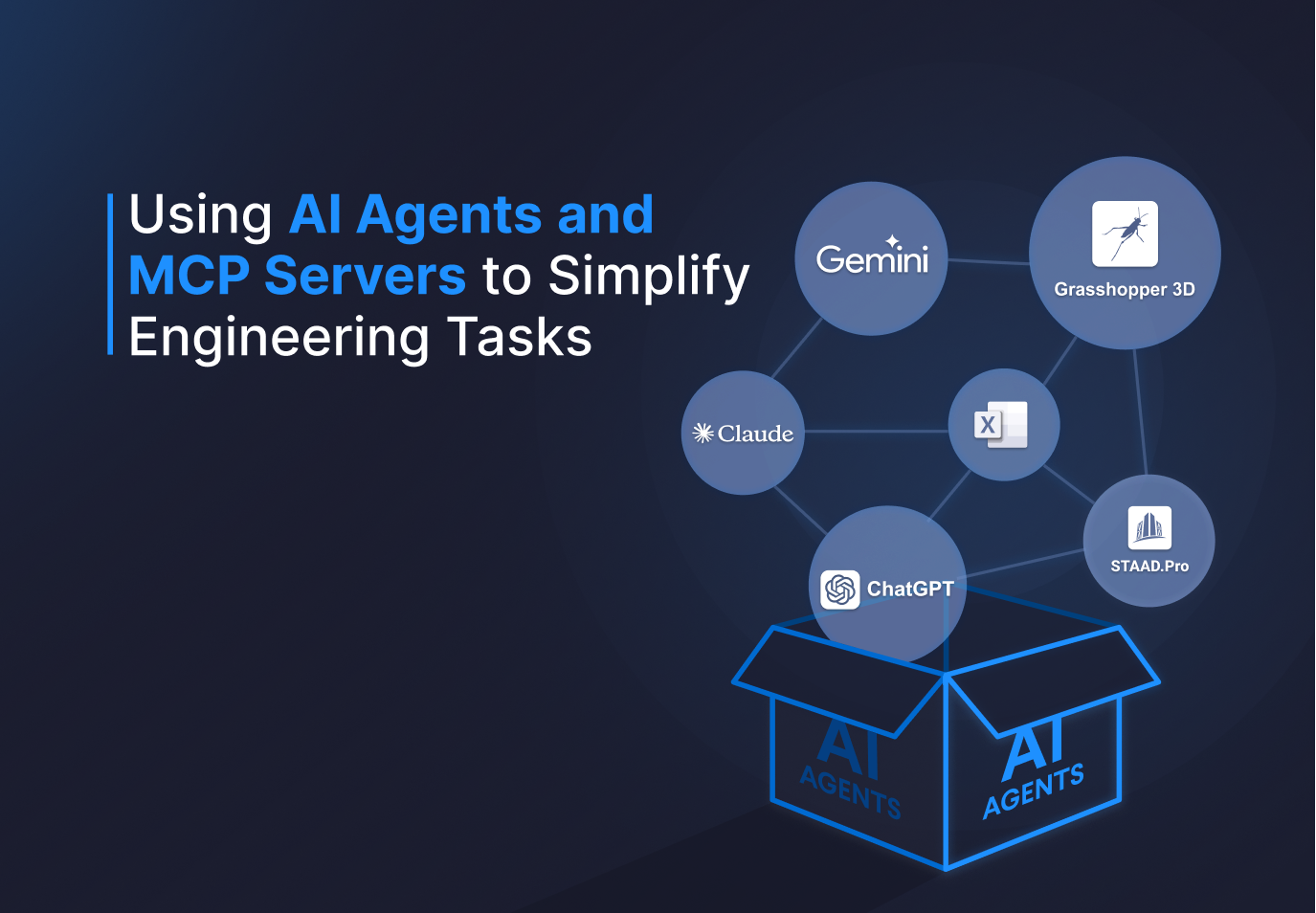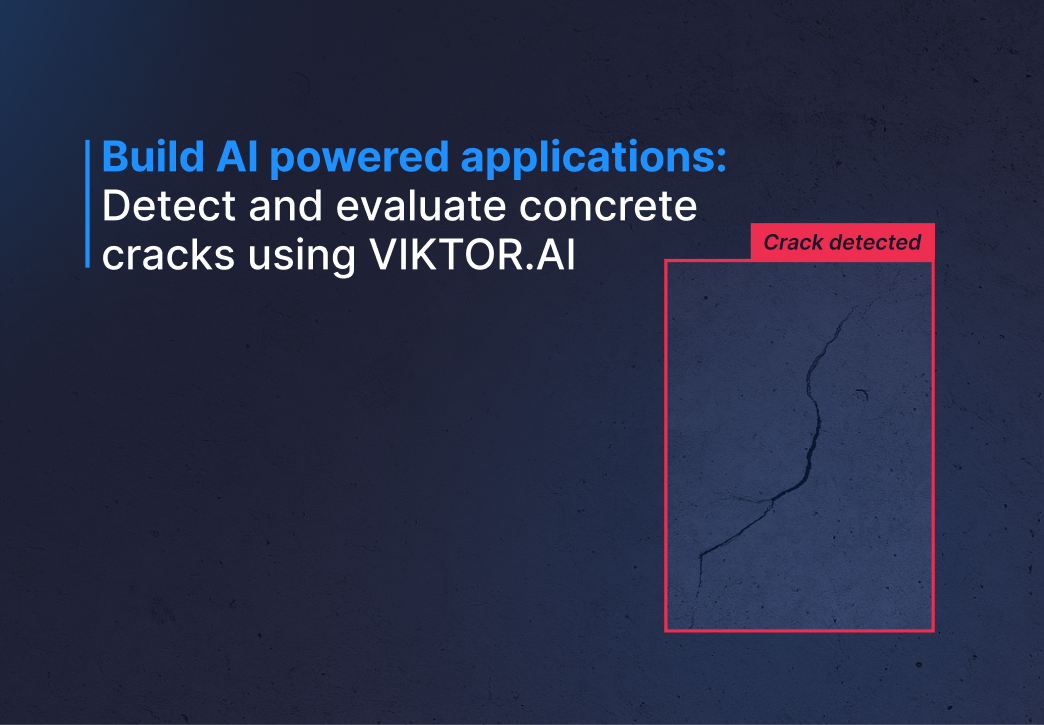Sign In
March 09, 2022
Expansion DEC brings 4 development proposals early 2022

by VIKTOR


Download the White Paper and get INSPIRED
Learn about trends in digital transformation and how they affect the engineering and construction industry.
“We are very enthusiastic about this collaboration! Together with our business ProductOwner and a ‘Coding Engineer’ we are exploring this collaboration in the development of the underwater concrete floors application. Quite exciting, with questions as ‘what is generic and suited for shared development?’ versus ‘where do we secure our own IP?’ It is clear that this kind of automation is necessary. The exploration surrounds the question: What can we do together? And with that faster and cheaper?” – Mark van den Brink, Digital Transformation Lead at WSP
From idea to proposal
In a few sessions with the participating parties, the four ideas have been worked out into the following proposals:
Crane hardstand
The purpose of this development is enabling engineers to determine the stability of crawler- and outrigger cranes, including the design of possible needed ground improvement, fast and easy to decrease the changes of tripping over. Within the application, cranes can be inserted parametrically, from which the maximal ground pressure can be determined. CPT’s (.gef files) can easily be uploaded as well. These are directly interpreted to a schematized overview of the soil layout. From there on, the stability can be determined through an integration with D-Foundations (shallow foundations).
Floor on piles
Many infrastructural objects consist of a concrete foundation- and floor. With this development, an optimal design of the combination floor and piles can easily be generated, including the ideal reinforcement configuration. A constructor can use this application to easily link the force effect from a finite element model (e.g. SCIA) to a cut test (e.g. IDEA StatiCa). Additionally, the pile plan can be varied to find the optimal configuration between plate reinforcement and piles.
Sheet piles/Construction pits
To realize construction and (temporarily) turn ground, we use sheet piles and construction pits. The purpose of this development is to parametrically design sheet piles and integrate these with anchors, underwater concrete floors, outrigger frames, etc. Within this application, the sheet pile is tested through an integration with D-SheetPiling, which enables the fast calculation of different cuts and variants.
Underwater concrete floors
Underwater concrete is, amongst others, used for underground parking garages, underpasses, and tunnels. This development fits nicely with sheet piles/construction pits. With the application, a design of a floor including anchorage is parametrically designed to automatically generate the optimal configuration. The underwater concrete floors are tested conform the CUR77. The carrying capacity of the anchors/piles is determined through an integration with D-Foundations.
How to participate?
To turn the development ideas into concrete proposals, a few in-depth sessions were organized to come up with ‘user stories’ that form the basis of every application’s functionality. Based on the user stories, a development plan and associated estimation of the costs can be determined. In March, the first definitive proposals will be sent to the entire community. Every party that is interested in joining one or more of the development proposals can sign up.
“It’s like the old saying “many hands make light work”. Especially with crane hardstands. We all have the same goal in mind, which is safety. This is something we should take on together, so that we can quickly develop a good tool that helps us check the stability of cranes.” – Arie-Jan Tol, Team Lead at engineering firm Hektec
What is the DEC?
Accelerated digitization through collaboration
The DEC is thé digital meeting point for the construction and infra sector, where ideas for software development come together, are started up, and accelerated.
We share our knowledge so that we can work together to invent the wheel, make it easier to finance the (engineering) process, and offer smart and high-quality solutions.
The initiators are Ballast Nedam, BAM, Boskalis Nederland, Dura Vermeer, Heijmans, Mobilis, Van Oord, VIKTOR, VolkerWessels. Antea Group, CRUX, Hektec, RPS, Tauw, and WSP are now a part of the DEC as well.



